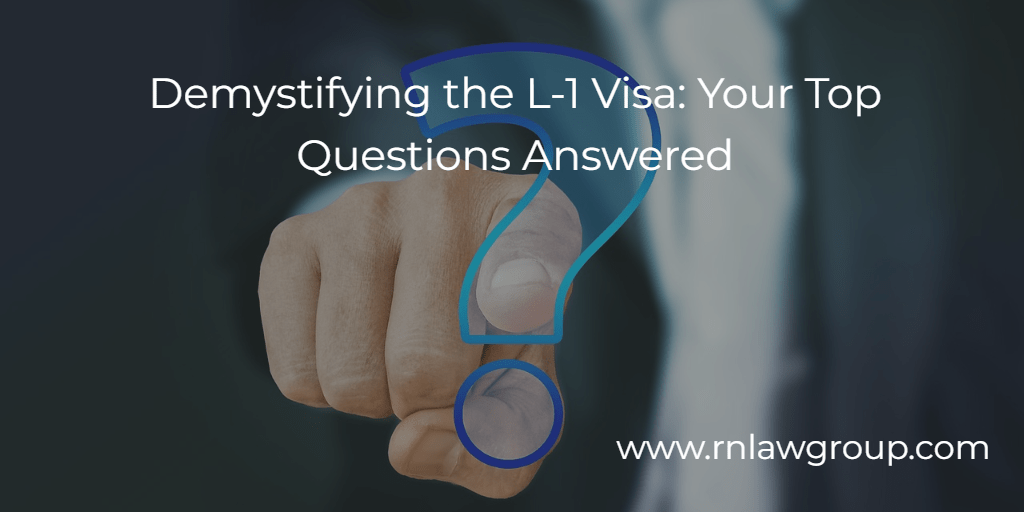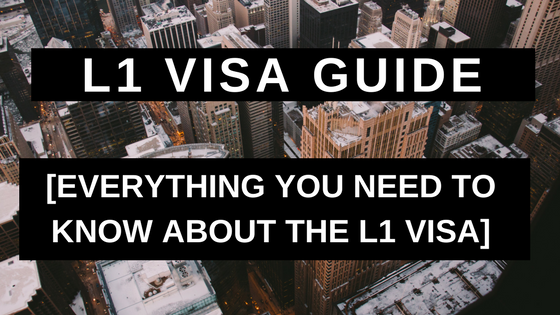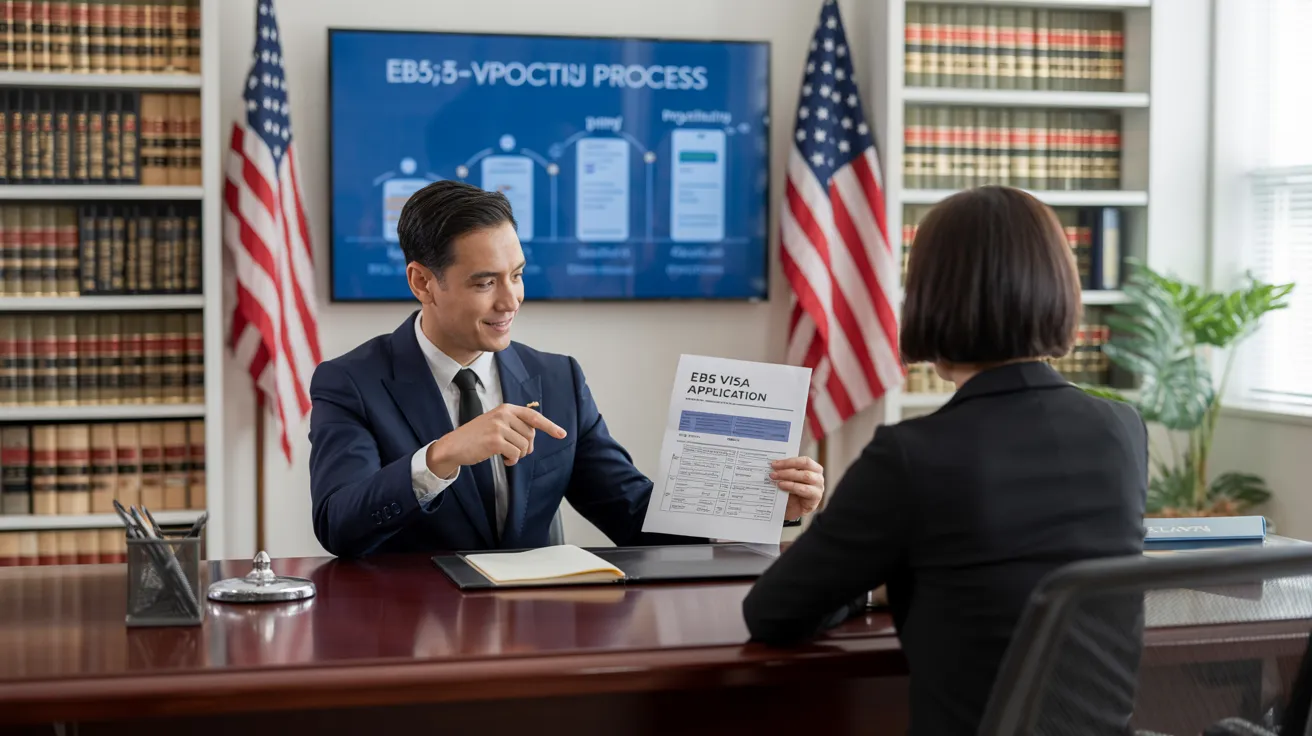L1 Visa for Dummies
Table of ContentsGetting The L1 copyright WorkThe Best Strategy To Use For L1 VisaEverything about L1 VisaThe Only Guide to L1 VisaThe Definitive Guide to L1 VisaOur L1 Visa Ideas
Offered from ProQuest Dissertations & Theses Worldwide; Social Science Costs Collection. DHS Office of the Examiner General. Gotten 2023-03-26.
U.S. Division of State. Gotten 22 August 2016. "Workers paid $1.21 an hour to install Fremont tech firm's computers". The Mercury Information. 2014-10-22. Recovered 2023-02-08. Costa, Daniel (November 11, 2014). "Obscure short-term visas for foreign tech workers dispirit salaries". The Hill. Tamen, Joan Fleischer (August 10, 2013). "Visa Owners Change Employees".
Some Ideas on L1 Visa You Should Know
In order to be eligible for the L-1 visa, the foreign firm abroad where the Recipient was used and the U.S. business need to have a certifying connection at the time of the transfer. The different types of certifying connections are: 1.
Example 1: Firm A is integrated in France and utilizes the Beneficiary. Business B is integrated in the U.S. and desires to seek the Beneficiary. Company A has 100% of the shares of Company B.Company A is the Parent and Company B is a subsidiary. As a result there is a certifying relationship in between the two business and Firm B ought to have the ability to fund the Recipient.
Firm A has 40% of Firm B. The continuing to be 60% is had and managed by Business C, which has no connection to Business A.Since Company A and B do not have a parent-subsidiary partnership, Business A can not sponsor the Beneficiary for L-1.
Business An owns 40% of Business B. The remaining 60% is had by Firm C, which has no relation to Business A. Nevertheless, Company A, by formal arrangement, controls and complete handles Company B.Since Firm An owns less than 50% of Company B but manages and manages the firm, there is a qualifying parent-subsidiary connection and Firm A can sponsor the Beneficiary for L-1.
L1 Visa Fundamentals Explained
Company B is included in the U.S.
Some Ideas on L1 Visa You Should Know

The L-1 visa is an employment-based visa group developed by Congress in 1970, enabling multinational business to transfer their supervisors, executives, or crucial personnel to their U.S. procedures. It is commonly referred to as the intracompany transferee visa.

In addition, the recipient should have operated in a supervisory, executive, or specialized staff member placement for one year within the three years preceding the L-1A application in the international firm. For new workplace applications, foreign work has to have been in a supervisory or executive capacity if the recipient is pertaining to the United States to work as a supervisor or exec.
A Biased View of L1 Visa

If approved for a united state firm operational for more than one year, the preliminary L-1B visa is for up to 3 years and can be prolonged for an added two years (L1 Visa). Conversely, if the united state company is recently developed or has actually been operational for much less than one year, the preliminary L-1B visa is released for one year, with extensions available in two-year increments
The L-1 visa is an employment-based visa category developed by Congress in click here 1970, allowing international companies to move their supervisors, execs, or key personnel to their U.S. procedures. It is commonly described as the intracompany transferee visa. There are 2 main kinds of L-1 visas: L-1A and L-1B. These kinds appropriate for workers employed in different settings within a business.
Unknown Facts About L1 Visa
Additionally, the recipient should have operated in a supervisory, exec, or specialized worker setting for one year within the 3 years preceding the L-1A application in the international business. For brand-new workplace applications, foreign work should have remained in a supervisory or executive capability if the beneficiary is involving the USA to function as a supervisor or exec.
for approximately 7 years to oversee the operations of the united state associate as an exec or manager. If released for a united state business that has been operational for more than one year, the L-1A visa is initially granted for up to 3 years and can be expanded in two-year increments.
If approved for an U.S. company functional for greater than one year, the initial L-1B visa is for up to 3 years and can be expanded for an added 2 years. Conversely, if the U.S. business is newly established or has been operational for much less than one year, the initial L-1B visa is issued for one year, with expansions readily available in two-year increments.